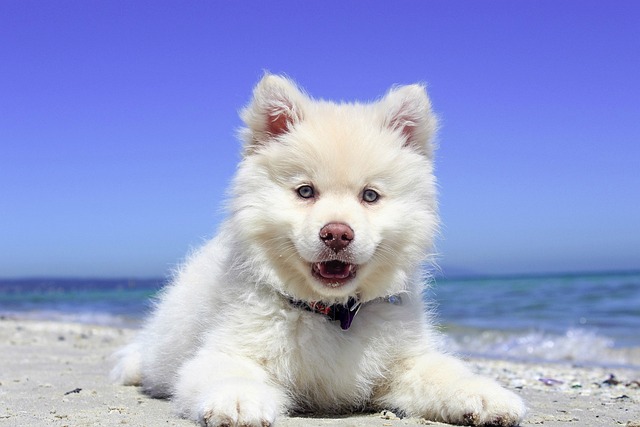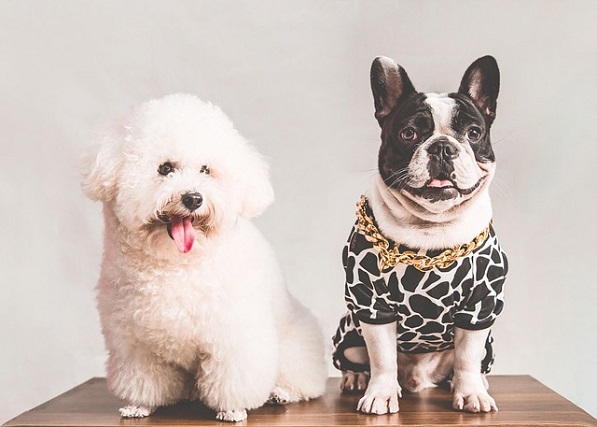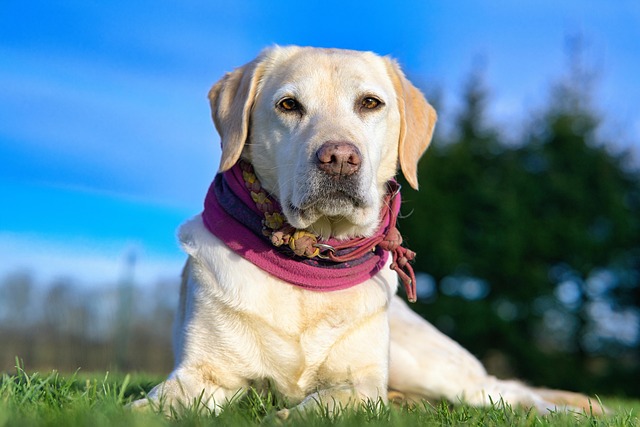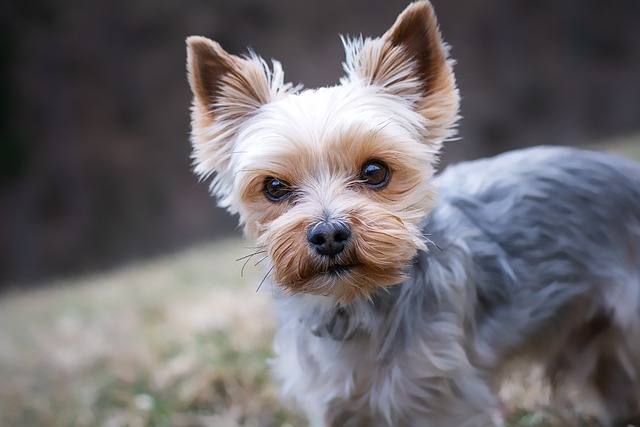You might be wondering if it's too late to teach your two-year-old dog new social tricks. Many people believe that the window for socialization slams shut after puppyhood, leaving older dogs destined to be fearful or reactive. That said, I'm here to tell you, emphatically, that socializing a 2 year old dog is not only possible but often incredibly rewarding. While puppies have a prime learning period, adult dogs possess significant cognitive abilities and can absolutely learn new ways to interact with the world. The key lies in understanding their unique challenges and adapting proven techniques with patience and realistic expectations.
Let's be honest, socializing an adult dog isn't always a walk in the park. Unlike blank-slate puppies, your two-year-old companion likely carries some baggage – past experiences, ingrained habits, or specific anxieties. You might notice lunging on the leash when seeing another dog, fearful retreat from strangers, or excessive barking at unfamiliar sounds. These reactions aren't stubbornness; they're often rooted in fear or lack of positive exposure. Perhaps they missed crucial early socialization, had a negative encounter, or simply developed habits in a less stimulating environment. These ingrained patterns can make introducing new experiences feel daunting. However, as certified dog behavior consultants often emphasize, the adult canine brain remains remarkably adaptable. The hurdle isn't an inability to learn; it's about overcoming established emotional responses through careful, positive methods.
So, how do we approach socializing a 2 year old dog effectively? Forget flooding them with overwhelming situations. The cornerstone is gradual exposure paired with powerful positive reinforcement. Start incredibly small and controlled. If your dog is anxious around strangers, begin by having a calm, familiar person stand at a distance where your dog notices them but remains relaxed – maybe across a large park or down the street. The moment your dog looks at the person without reacting fearfully, mark that behavior (with a clicker or a cheerful "yes!") and immediately deliver a high-value treat they adore. This technique, championed by trainers and veterinary behaviorists, teaches your dog that the presence of the trigger predicts wonderful things. Slowly, incrementally, decrease the distance *only* as long as your dog remains comfortable. Rushing this process is counterproductive. Controlled environments are your best friend. Consider quiet training classes specifically designed for shy or reactive adult dogs, or arrange brief, structured meet-ups with known, calm canine companions in a neutral, fenced area. Always prioritize quality over quantity in interactions.
One persistent myth I encounter constantly is the idea that "you can't teach an old dog new tricks," implying behavioral change is impossible past puppyhood. This simply isn't true. While early socialization is ideal, neuroplasticity exists throughout a dog's life. Think of it less as installing new software and more like rewiring existing circuits with consistent, positive input. Concerns that an older dog is "set in their ways" often stem from frustration or using ineffective, punitive methods in the past. Positive reinforcement, however, builds confidence and willingness. I've witnessed remarkable turnarounds: dogs who once couldn't handle a visitor entering the home learning to greet calmly, or leash-reactive dogs progressing to peaceful walks past other canines. Success hinges on managing expectations – progress might be slower than with a puppy, and some deeply ingrained fears may require professional guidance – but significant improvement in comfort and behavior is absolutely achievable. As my own veterinarian colleague often reminds owners, "Behavioral modification for adult dogs isn't about achieving perfection; it's about enhancing their quality of life and reducing stress."
Ready to create a practical socialization plan for your two-year-old? Start by becoming a keen observer. Identify their specific triggers (men with hats, other dogs, children running) and their subtle stress signals (lip licking, yawning, turning away, stiffening). Map out environments you can control: your backyard, a quiet street early in the morning, a friend's empty driveway. Arm yourself with irresistible treats – think boiled chicken, cheese, or special commercial treats – kept readily accessible in a treat pouch. Begin sessions short (5-10 minutes) and always end on a positive note. If you encounter another dog or person unexpectedly, calmly create distance *before* your dog reacts. Utilize tools wisely: a well-fitted harness provides better control than a collar if startled, and a "Do Not Pet" vest can signal to strangers to give space. Seek out resources like books by Patricia McConnell or Karen Pryor, and consider consulting a Certified Professional Dog Trainer (CPDT-KA) or a Veterinary Behaviorist (Dip ACVB) specializing in fear and anxiety, especially for significant behavioral challenges. They can provide tailored strategies and support.
Embarking on socializing a 2 year old dog requires commitment, patience, and a hefty dose of empathy. There will be setbacks – days where progress seems to vanish. Don't be discouraged. Celebrate the small victories: a relaxed glance at a trigger, choosing to disengage, or simply tolerating a situation that previously caused panic. Remember, you're not aiming for your dog to become the life of the party (unless that's their natural inclination!), but rather to help them navigate their world with significantly less fear and stress. The bond forged through this patient, positive process is profound. It's never too late to help your dog feel safer and more confident. With the right techniques, realistic expectations, and consistent effort, you can open up a whole new world of calmer, happier experiences for both of you. Start small, stay positive, and witness the transformation unfold.





